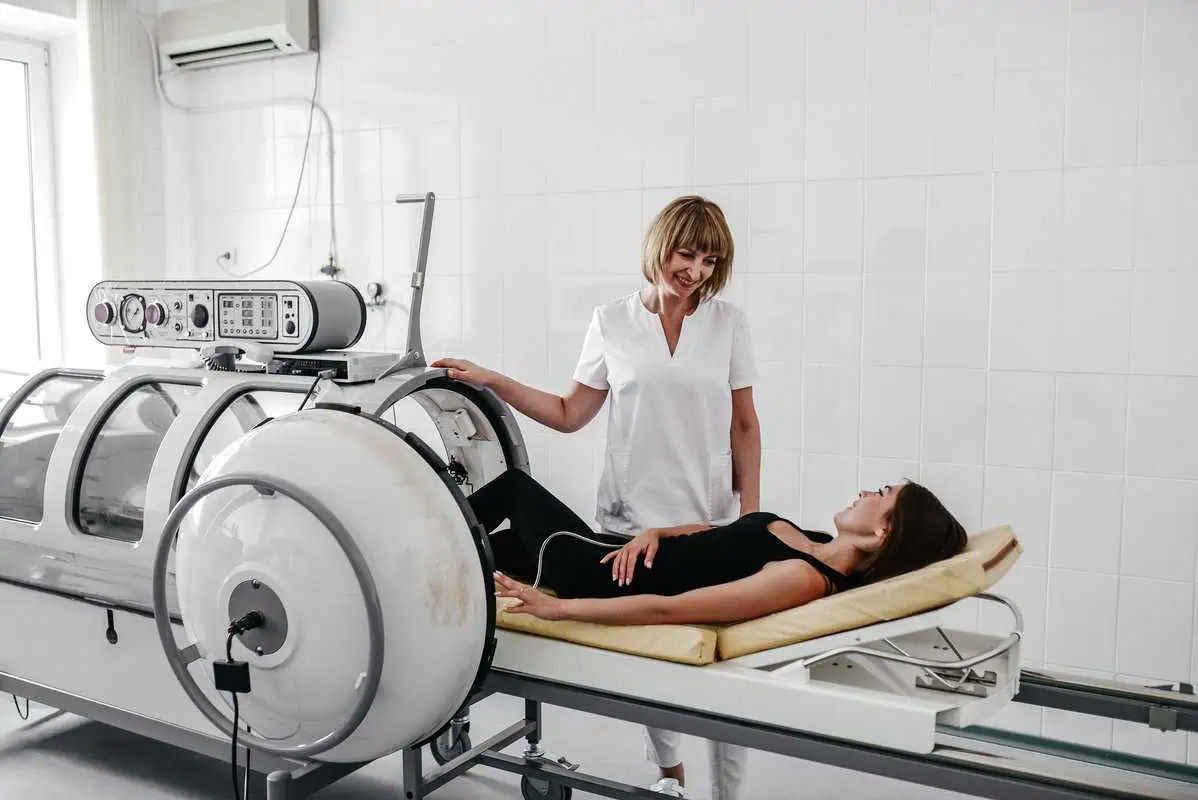The presence of male breast tissue can be a source of great concern and distress for many men. While often overlooked or misunderstood, gynecomastia is a condition that affects a significant number of males, causing physical and emotional challenges. In this article, we explore the realm of male breast tissue removal, exploring the intricacies of gynecomastia and shedding light on the available treatment options. By understanding the significance of this issue and its impact on men, we aim to empower individuals with the knowledge necessary to make informed decisions about their health and well-being.
Understanding Gynecomastia
Gynecomastia, a term derived from the Greek words “gyne” (woman) and “mastos” (breast), refers to the enlargement of glandular breast tissue in males. It is a condition that can affect individuals of all ages, from infancy to adulthood.
Gynecomastia is not to be confused with pseudo gynecomastia, which involves fat accumulation in the chest area without actual breast tissue. The causes of gynecomastia can vary, ranging from physiological to pathological factors. Physiological gynecomastia occurs during certain stages of life, such as infancy, puberty, and aging. In newborns, it is primarily attributed to the transfer of maternal hormones during pregnancy. During puberty, hormonal fluctuations can cause temporary breast tissue enlargement in boys, often resolving within a few years. In older men, gynecomastia may result from hormonal changes associated with aging.
Pathological gynecomastia, on the other hand, stems from underlying medical conditions or medications. Hormonal imbalances play an important role in the development of gynecomastia. Testosterone and estrogen, the primary sex hormones in males and females, must be maintained in a delicate balance. When this equilibrium is disrupted, such as through an increase in estrogen levels or a decrease in testosterone levels, gynecomastia can occur. Conditions like hypogonadism, liver or kidney disease, hyperthyroidism, and certain tumors can disrupt hormone levels and contribute to the development of gynecomastia.
Signs and Symptoms of Gynecomastia
Gynecomastia can manifest through various signs and symptoms, encompassing both physical changes and psychological implications. Understanding these manifestations is crucial for early detection, accurate diagnosis, and appropriate management.
A. Physical signs and changes in breast tissue:
- Enlargement: One of the primary indicators of gynecomastia is the enlargement of breast tissue. This can occur unilaterally (affecting one breast) or bilaterally (affecting both breasts). The extent of enlargement can vary, ranging from a small, firm mass to a more substantial increase in size.
- Texture changes: Gynecomastia often leads to alterations in the texture of the breast tissue. It may feel firm or rubbery upon palpation, differentiating it from the softer consistency of surrounding fat tissue.
- Nipple and areola changes: The nipple and areola region may undergo certain modifications in individuals with gynecomastia. These changes can include nipple enlargement, puffiness, and areolar darkening.
- Symmetry: Gynecomastia can cause an imbalance in size and shape, leading to breast asymmetry.
B. Psychological impact and emotional distress: Gynecomastia extends beyond the physical changes and can significantly impact an individual’s emotional well-being and psychological state. The psychological implications may include:
- Self-esteem issues: Men with gynecomastia often experience lowered self-esteem and body dissatisfaction due to the perceived feminization of their appearance. They may feel conscious about their chest and avoid situations requiring exposing their upper body.
- Social and emotional distress: Gynecomastia can result in heightened social anxiety and emotional distress. Individuals may feel embarrassed or humiliated, leading to social withdrawal, avoidance of intimacy, and difficulties in establishing or maintaining relationships.
- Negative body image: Gynecomastia can contribute to negative body image perceptions, leading to distorted self-perception and dissatisfaction with one’s physical appearance. This negative body image can cascade, impacting various aspects of an individual’s life.
C. Differentiating gynecomastia from pseudo gynecomastia: It is essential to differentiate gynecomastia, characterized by the enlargement of glandular breast tissue, from pseudo gynecomastia, which involves fat accumulation in the chest area. While hormonal imbalances primarily cause gynecomastia and affect the breast glandular tissue, pseudo-gynecomastia is often associated with excessive weight or obesity and increases adipose tissue.
Discerning the difference between gynecomastia and pseudogynecomastia is crucial for accurate diagnosis and appropriate treatment planning. A thorough physical examination, medical history review, and, if necessary, diagnostic tests can help distinguish between the two conditions.
Treatment Options for Gynecomastia
Various options are available when treating gynecomastia, catering to individual needs and preferences. These treatment options address the underlying cause, reduce breast tissue enlargement, and restore a more masculine chest contour. Let’s explore these treatment options, empowering individuals to make informed decisions about their gynecomastia journey.
A. Lifestyle modifications and watchful waiting: In some cases, gynecomastia may resolve independently without medical intervention, especially during puberty or with weight loss. Exercise and diet modification can help manage gynecomastia caused by excess weight or obesity. Monitoring the condition with the guidance of a healthcare professional during the watchful waiting period is essential to ensure there are no concerning developments.
B. Medications for hormone regulation: Medications can be prescribed to manage gynecomastia caused by hormonal imbalances or underlying medical conditions. However, their effectiveness may vary, and they may be more suitable for certain individuals based on the specific cause of gynecomastia. It is essential to consult with an expert who can assess the underlying factors and recommend appropriate medications, considering potential risks and benefits.
C. Surgical procedures for male breast tissue removal: Surgical intervention is often considered an effective and long-lasting treatment option for gynecomastia. Liposuction and mastectomy are two standard surgical procedures used for male breast tissue removal.
- Liposuction: Liposuction is a minimally invasive surgical procedure that aims to remove excess fatty tissue in the chest area. It involves making small incisions, through which a thin tube (cannula) is inserted to suction the excess fat. Liposuction is particularly beneficial for individuals with pseudo-gynecomastia or those whose breast enlargement is primarily due to excess fat tissue. The procedure helps contour the chest, providing a more masculine appearance. It is often performed outpatient, and recovery time is relatively short.
- Mastectomy involves surgically removing glandular breast tissue in cases where gynecomastia is primarily caused by glandular enlargement. The procedure can be performed through various techniques, such as subcutaneous or periareolar mastectomy. Mastectomy is typically performed under general anesthesia and may require an overnight hospital stay. Recovery time varies depending on individual factors and the extent of the surgery.
- Body contouring: As part of the male breast tissue removal process, body contouring techniques can play a significant role in achieving optimal results and enhancing the overall appearance of the chest. Body contouring procedures are designed to sculpt and reshape specific body areas. It is important to note that body contouring procedures, including liposuction and skin tightening techniques, are surgical interventions that require careful consideration and consultation with a skilled and experienced plastic surgeon. A personalized treatment plan based on a thorough assessment will help ensure the best possible outcome while minimizing potential risks and complications.
Conclusion
For individuals affected by gynecomastia, seeking professional help from qualified healthcare providers specializing in gynecomastia treatment is crucial. Their expertise and guidance will ensure accurate diagnosis, personalized treatment plans, and optimal outcomes. One such trusted provider is The Graivier Center, renowned for their expertise in male breast tissue removal and body contouring procedures.
If you know anybody with gynecomastia, we encourage you to schedule a consultation with The Graivier Center or a qualified healthcare professional specializing in gynecomastia treatment. Take the first step towards regaining confidence, improving self-esteem, and embracing a more fulfilling life. Together, we can overcome the challenges of gynecomastia and celebrate the unique beauty and strength of every individual affected by this condition.



















